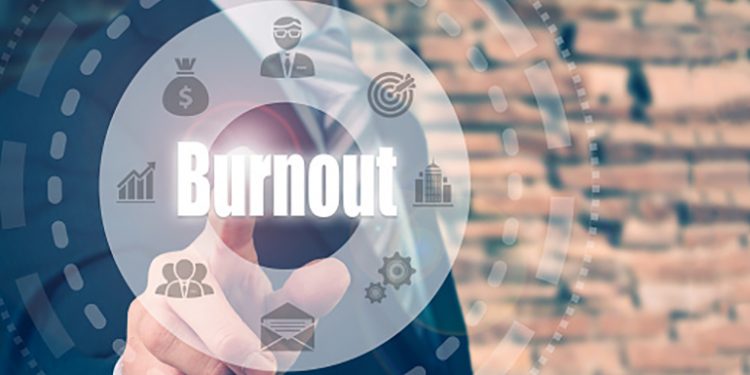Employee burnout stemming from unremitting workplace stress has been officially determined to be a diagnosable condition by the World Health Organization (WHO). The topic of burnout in the work environment has made headlines in recent years as more employers and medical practitioners have seen the symptoms manifest themselves throughout the workforce—and not just computer programmers working around the clock at tech startups, whose behavior has become the stuff of legends.
WHO defines burnout as a syndrome resulting from chronic workplace stress that has not been successfully managed. It is characterized by three dimensions:
1) feelings of energy depletion or exhaustion;
2) increased mental distance from one’s job, or feelings of negativism or cynicism related to one’s job;
3) reduced professional efficacy.
WHO also emphasizes that in its definition, burnout refers specifically to phenomena in the occupational context and should not be applied to describe experiences in other areas of life.
Recently, the Quebec Labor Minister signaled his intention to add work-related psychological illnesses to the list of officially recognized occupational illnesses in that Canadian province, reports attorney Philippe Bélisle of the law firm of Langlois Lawyers LLP. “Anxiety, stress and burnout syndrome will likely soon be considered occupational illnesses, and it will doubtless be much simpler for employees to establish that they are suffering from one,” Bélisle says.
In the United States, no OSHA standards govern work-related burnout. That means there are no OSHA regulations requiring a workplace “employee burnout” policy or plans for dealing with workers’ affected by burnout, note attorneys Todd Logsdon and Chantell Foley of the Fisher Phillips law firm.
When you think about an employer’s obligations to keep its workplace free of hazards, maybe you think of machine guarding, lockout/tagout, or fall hazards, the lawyers point out. “You might even think of ergonomics, workplace harassment and violence. But recent studies suggest that employee burnout has the potential to impact many facets of work performance and safety.”
Some studies suggest that burnt-out employees have less awareness of their surroundings and struggle to maintain workplace safety practices, resulting in the misuse of heavy machinery, delayed emergency response, poor driving, employee fighting and issues caused by falling behind on work-related tasks. If left unaddressed, a burned-out employee has the potential to be an unsafe worker, which could lead to workplace accidents that impact other employees.
To prevent burnout, early identification and intervention is vital. While it’s easy to tell whether a worker is wearing a hard hat, safety glasses or other personal protective equipment, it is more difficult to determine whether someone is dealing with burnout.
With this in mind, Logsdon and Foley suggest that employers and managers who directly supervise employees should look out for common warning signs, such as trouble with concentration, fatigue, low morale, anxiety, irritability, alcohol or drug use, and even workplace incidents and violence.
Before signs become visible, employers can start by simply talking with workers about the subject. Employers can offer training and support, discuss available resources (such as employee assistance programs and paid time off), and make sure they know how to report safety concerns, injuries and illnesses.
Be prepared to address symptoms when they arise. the lawyers advise. “Keep in mind, OSHA law prohibits retaliating or discriminating against a worker for reporting a safety issue, injury or illness. With the WHO’s new definition of burnout as an ‘occupational phenomenon,’ this could possibly include any concerns regarding burnout hazards that are reported or discovered.”
Locating resources to help create awareness campaigns and training initiatives to recognize and deal with symptoms of employee burnout may prevent additional injuries and illnesses the syndrome is known to encourage.
























